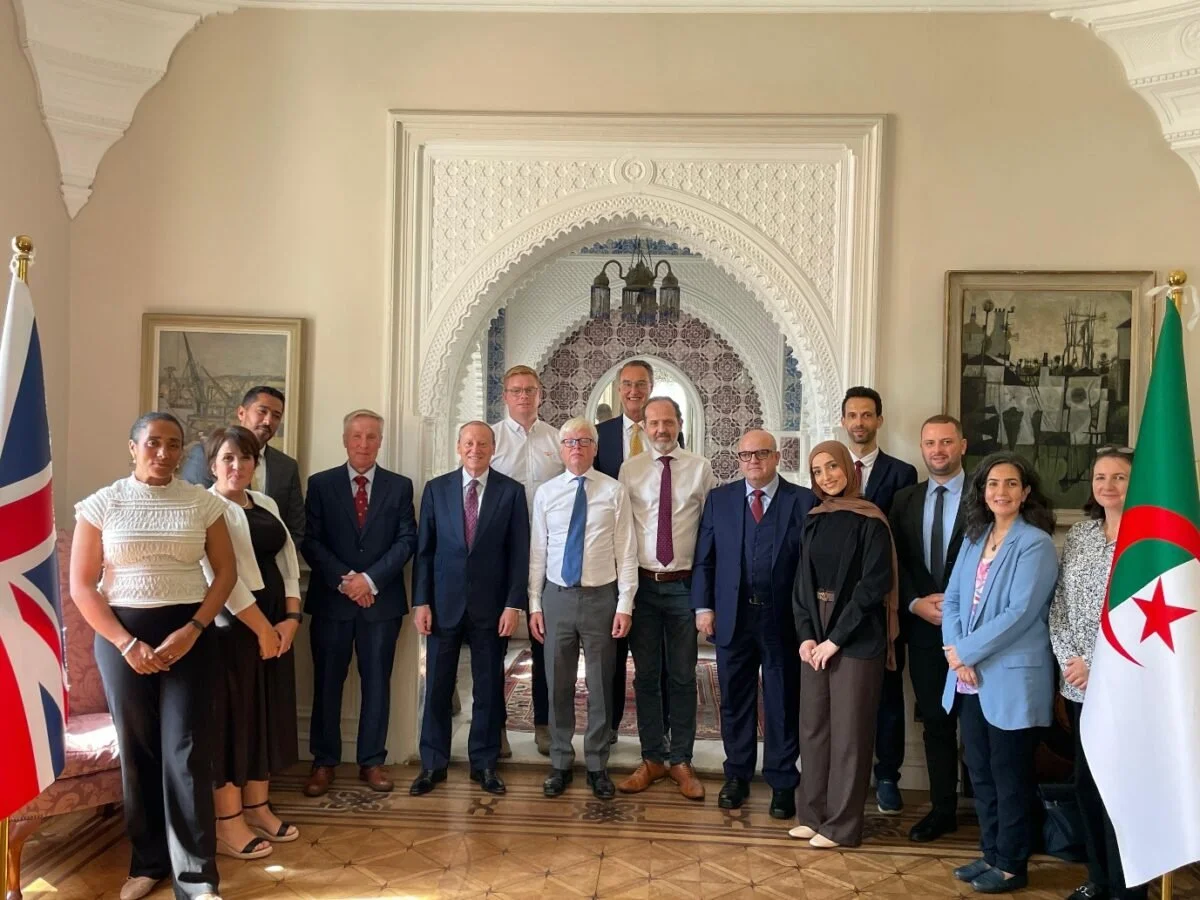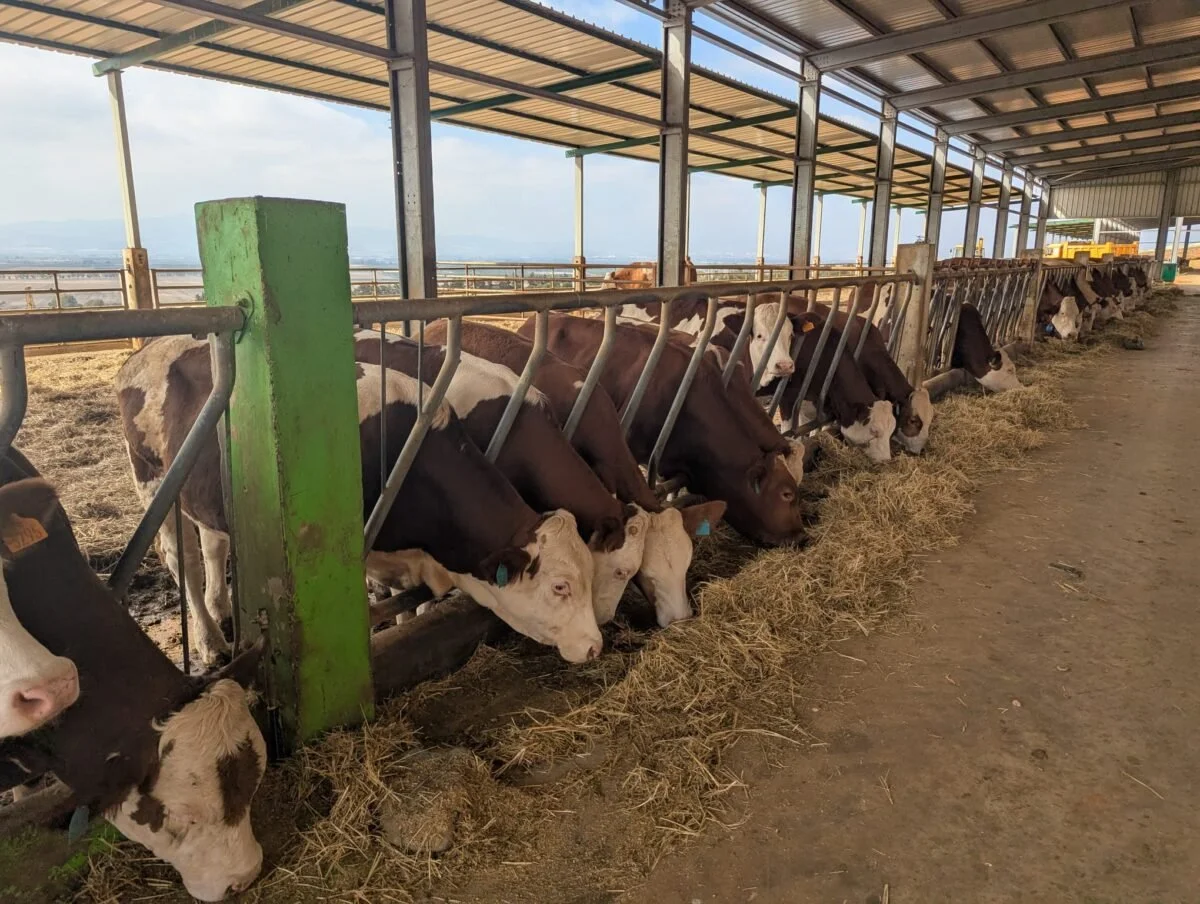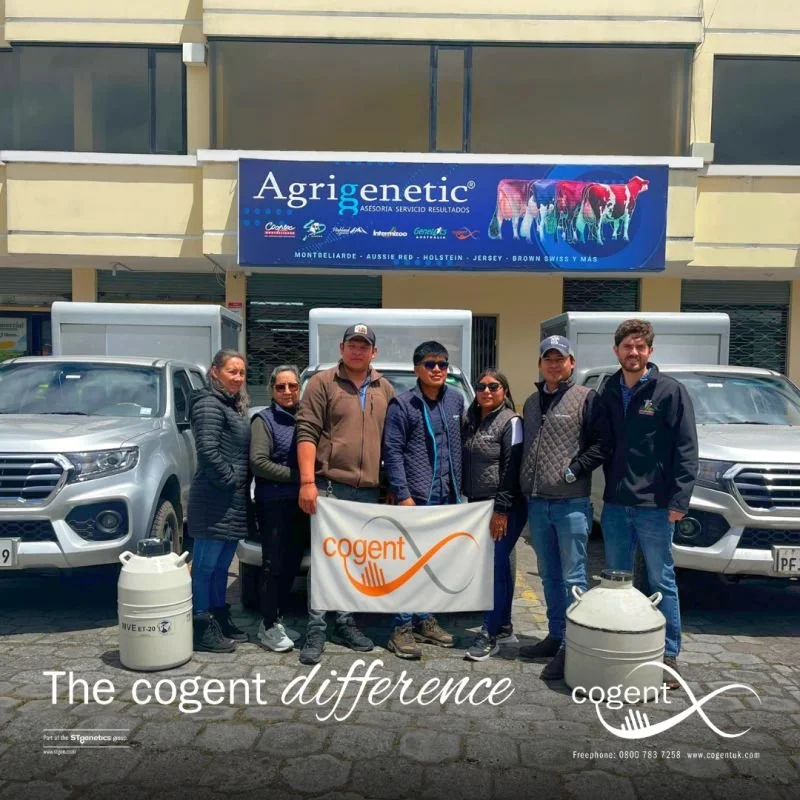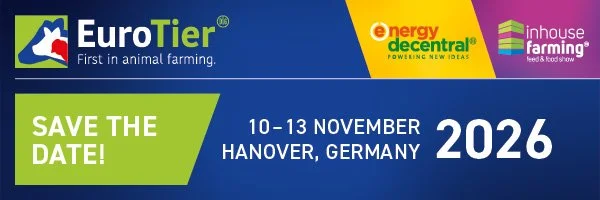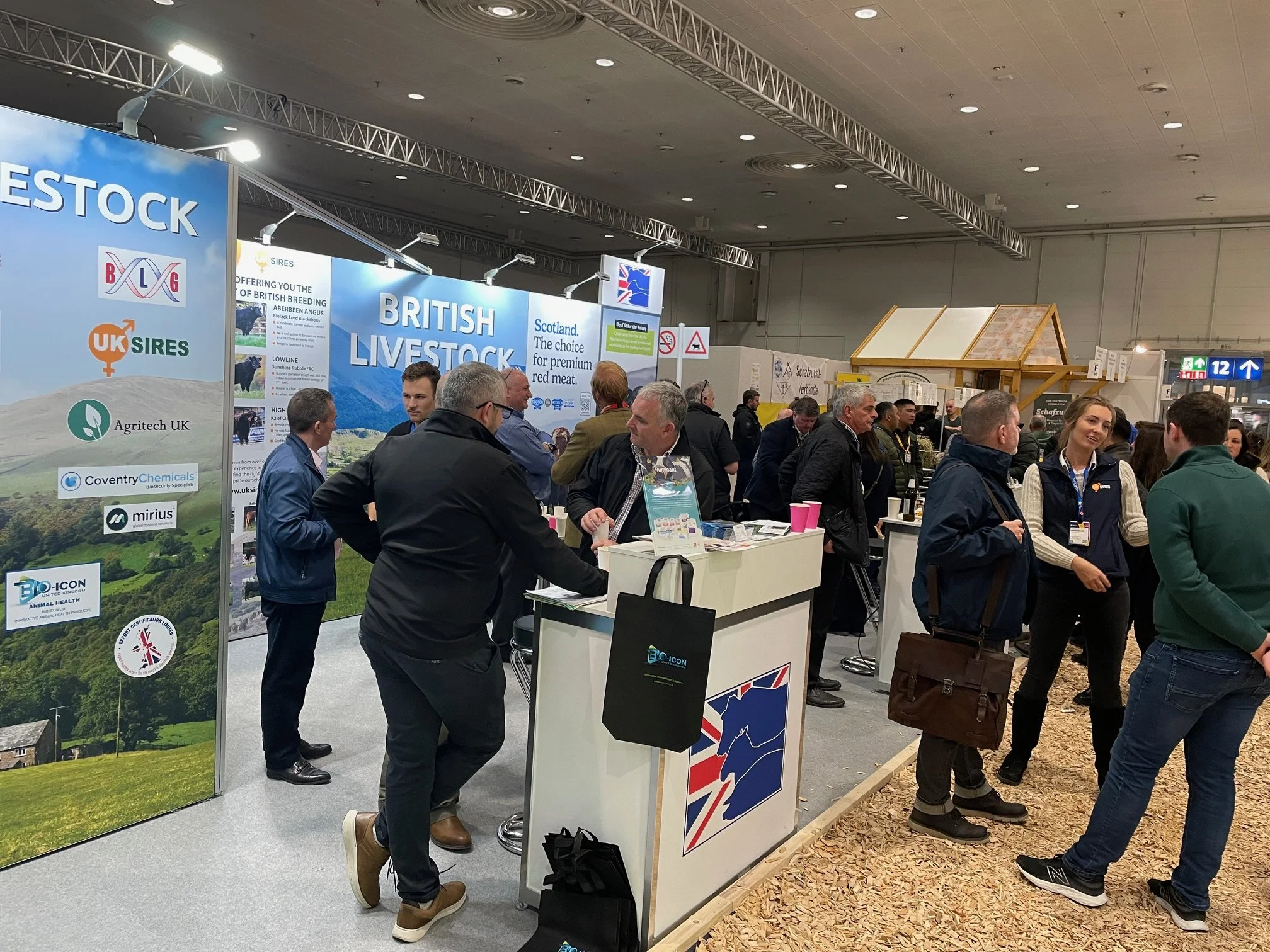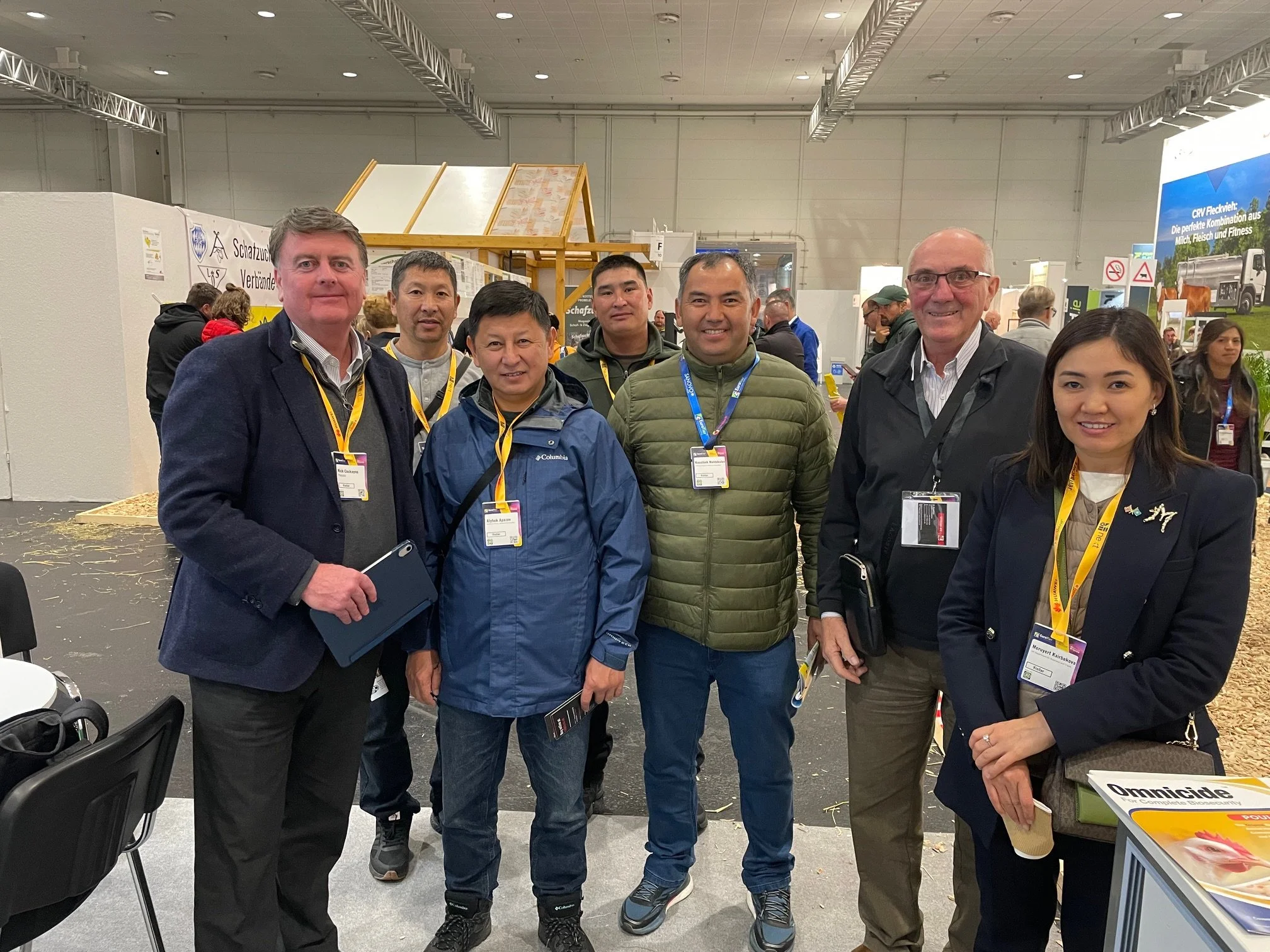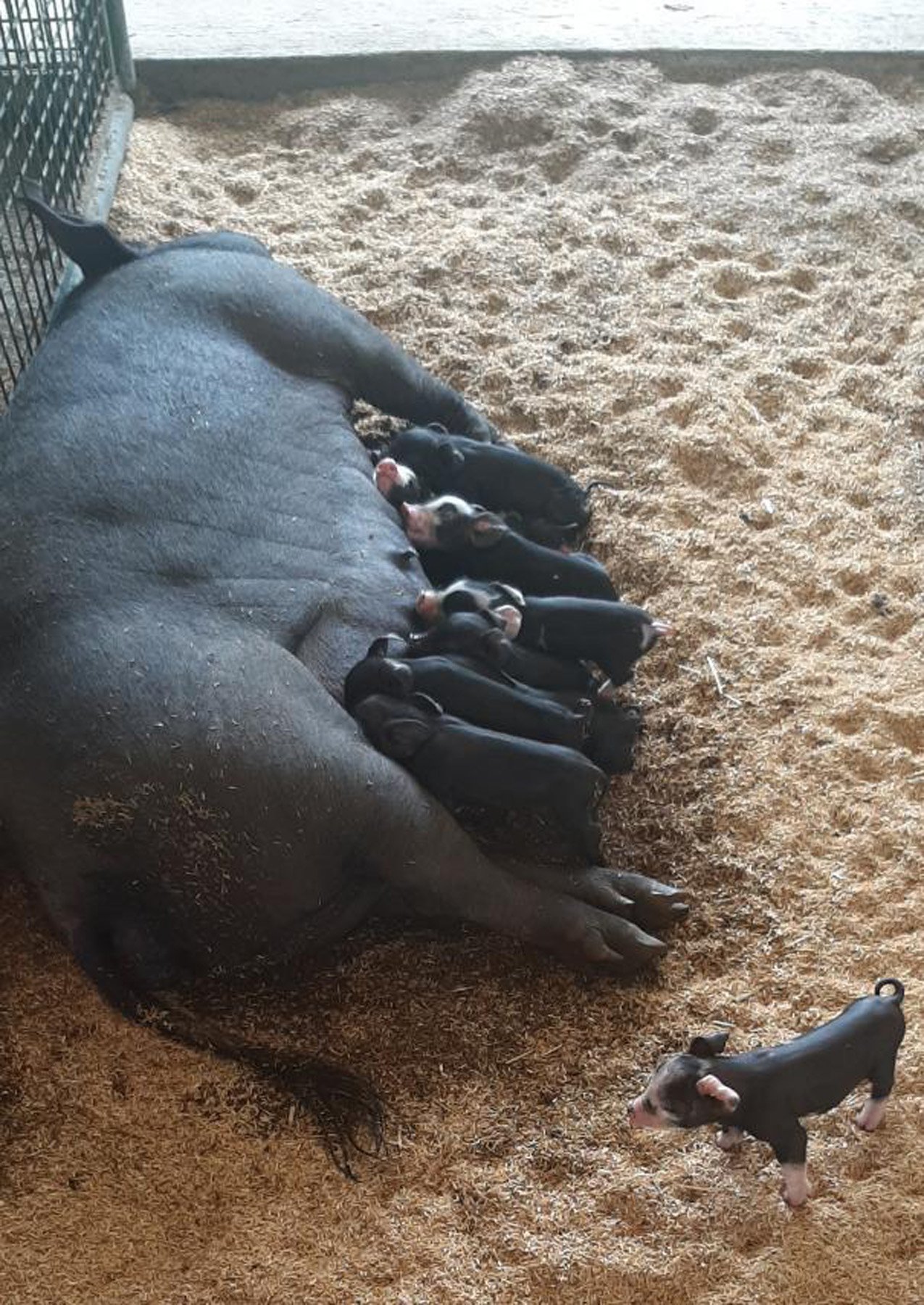UK-born and bred DeNovo Coyote P leads the pack in AHDB’s December genetic evaluations for young genomic Holstein sires, published 2nd December 2025.
Denovo Coyote
This new entry bull, a son of Klassic P, is predicted to transmit an exceptional weight and percentage of fat (62.2 kg and +0.30%) and has a HealthyCow index of £157.
This helps earn Coyote a Profitable Lifetime Index (PLI) of £871 and underlines the role of the UK breeding nucleus within the DeNovo programme, operated by Genus ABS.
He is one of two UK-bred bulls from the programme in the top 10 and five in the top 30.
Climbing into second place is Badger Siemers Day Trip, a Sheepster son with a PLI of £870, thanks to an outstanding daughter Lifespan score of +180 days and superb figures for maintenance (-22) and somatic cell count (-20).
In third place, Progenesis Preston, also by Sheepster, moves up with a PLI of £867, offering impressive protein transmission at 41.7 kg.
Up one position since August to fourth place is DeNovo 20723 Columbia, a high-ranking son of Leeds with a PLI of £864, excelling in milk yield at 1,140 kg and boasting a tremendous Feed Advantage (FAdv) of 240 kg.
This means Columbia daughters are expected to consume 240 kg less dry matter in each lactation than daughters of a bull transmitting comparable milk production, which has a FAdv of zero.
Adaway Beyond Fitness ranks fifth (PLI £862) and lives up to his name with a high daughter Fertility Index of +10 and a HealthyCow of £205.
Joint sixth with a PLI of £860 are Peak AltaValuepack and Adaway Beyond Faithful, the latter being a herd-mate and maternal half-brother to the fifth-ranked bull. Both score strongly for HealthyCow traits.
See the full list of available Holstein genomic young sires
The bulls ranked eighth and ninth are new entrants, DeNovo Charisma at PLI £856, also being a maternal half-brother to the number one bull, Coyote. Charisma transmits high milk (1,122 kg) combined with exceptional udder health (SCC -27, Mastitis -2) and a HealthyCow of £221.
The other newcomer, Hendel Manson (PLI £853) is predicted to perform well for Lameness Advantage (3.1) and Feed Advantage (214 kg).
Rounding off the top 10 is DeNovo 20893 Harmony, with the best Feed Advantage among the top 20 bulls at 291 kg, a PLI of £845 and the highest environmental credentials of the breed, with an EnviroCow of 4.8.
Other new bulls making the top 20 include DeNovo Mascot (PLI £833), a maternal half-brother to Harmony, showing excellent udder health and the best daughter fertility in the top 20 at FI 12.9.
Finally, two paternal half-brothers by Dominance join the list: Genosource Youdontsay (PLI £827) with high solids production (92.9 kg fat plus protein), and Progenesis Persimmon (PLI £826).
Marco Winters, head of animal genetics, AHDB, said:
“All top bulls in this young sire ranking are predicted to transmit improved feed maintenance thanks to smaller body sizes – a highly desirable trait that reduces feed costs and contributes to a lower carbon footprint.”


